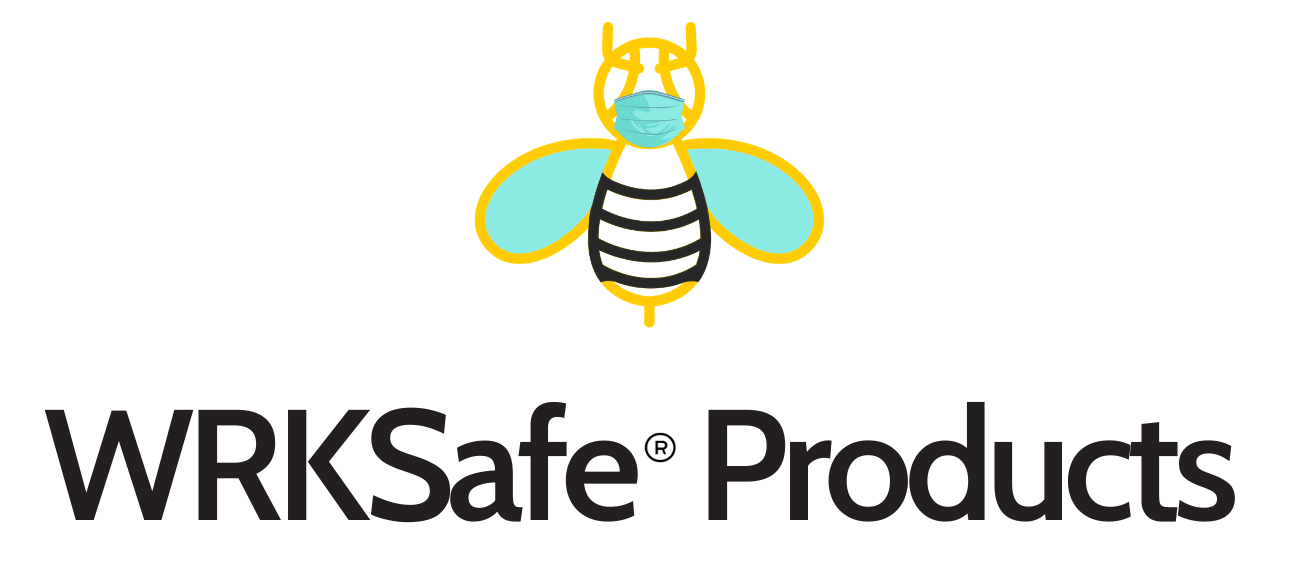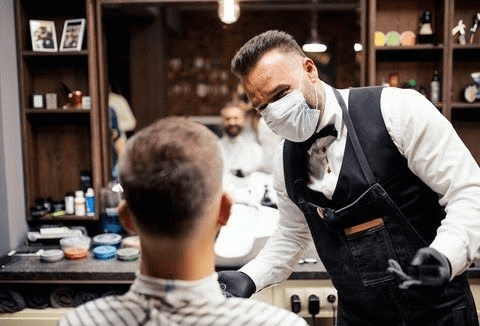Spas and salons should implement these changes before re-opening after COVID-19. //
Photo credit: Halfpoint/iStock/Getty Images Plus
While the unintended spread of infection is not new to the world salons and spas, the devastating impacts of COVID-19 have made it clear that we can no longer take germs for granted.
“This is especially relevant to hairdressers, nail technicians, estheticians, and massage therapists who do not have the luxury of distancing themselves from their clients or working behind plexiglass,” says Jeff Alford, president of The CBON Group, Canada’s largest supplier of professional infection control products. “If beauty professionals are to return to their jobs and work in an environment that is safe for staff and clients alike,
significant changes will need to take place representing a shift to a new norm of the industry.”
According to Alford, this transformative change will come with a need for significant investment, retraining, and re-purposing of a salons and spas for a new life in the age of coronavirus and future outbreaks. As such, the professional beauty industry will have to make changes and offers these tips for salons and spas for when they reopen.
It All Starts with Education
Beauty professionals apply their trade after having undertaken extensive schooling, on the job training, and constant upskilling to offer their services in a highly competitive industry. Unfortunately, the knowledge acquired to address infection prevention has often times been inadequate and varied from learning institutions, licensing boards, regional bylaws, and provincial health guidelines. While that is likely to change post-Coronavirus with more standardized regulation, returning workers will need to quickly get up to speed and become educated on the risks posed by germs to themselves and their clients if they are to confidently open their doors again. In additionto their stated profession, the role of “infection prevention practitioner” will become the new norm to allay the concerns and fears of an increasingly aware and scrutinizing customers.
Client Distancing
We have become accustomed to measures that maintain a safe space from others in a bid to contain the spread of COVID-19, such as standing apart in checkouts, curb side pick-up, and physical barriers that protect staff. However, in the close proximity, hands-on world of salon and spa treatments this may not always be possible. To minimize the risk of exposure, we may begin to see the elimination of waiting areas, reduction of the number of workstations, fewer appointments, and other steps taken to distance clients from staff and each other. Every service may require different solutions, for example maybe nail technicians work behind “sneeze guards,” reduced menus at hair salons, massage therapists wearing gloves, face shields for estheticians, and more.
There won’t a be a one-stop solution as each salon and spa will need to address their own levels of risk to take appropriate action.
Client Screening
It has long been a practice for under-the-weather clients to take a spa day as a bit of pampering indulgence. This activity was especially prevalent during the flu season when the spread of germs would lead to others being infected and in turn missing work. During the 2018-19 influenza period, nearly 50,000 cases were recorded in Canada.
Given COVID-19’s contagiousness and no available vaccine, this behavior cannot be allowed to continue. In the new salon and spa world, customers should expect rigorous screening at the door that could include temperature taking, checklist for symptoms, and required use of face masks while receiving service. Only in so doing can beauty professionals protect themselves, their clients, and their business.
Increased Sanitation Practices
The virus that causes COVID-19 can remain viable on surfaces from hours to a few days. It will therefore be critical to undertake disinfection of all client touch points which will include workstations, treatment furniture, counters, waiting areas, washrooms, and more. This activity should take place between each appointment and be allowed the requisite contact time which can be anywhere from 3 to 10 minutes. Not all disinfectants are the same, and salons and spa owners should undertake a full investigation of the options—for example, some disinfectants don’t come with a Health Canada or FDA approved claim against coronavirus. Others are accompanied by harsh side effects through prolonged exposure like eye and skin irritation or respiratory issues. The new salon “infection prevention practitioner” will need to become very familiar with precautionary label language, correct usage, compatibility issues to ensure germs, bacteria, and viruses are being appropriately removed from their facilities.
Engagement
The post coronavirus age will represent a new partnership between businesses and consumers. We are experiencing unprecedented measures being taken to protect workers as we frequent retail stores and services, and in turn we practice social
distancing and respect the steps taken to avoid the spread of infection. The professional beauty industry will have a similar relationship with their clients who are eager to return to receiving the treatments they’ve had to go without for some time. But this group is now more aware and will expect to see how their salons and spas are responding to these challenging times. The extra security may come with an ask for payment of a Coronavirus surcharge or other considerations but these will be viewed as necessary to ensure everyone’s safety.
“In our field, we are always concerned about client safety and that of our accounts and their staff—now more than ever before,” says Alfred. “Our current mission is to allay the fears of so many men and women hesitant to go back to their beauty professionals who they depend on, not only for their physical appearance, but in many cases, their emotional wellbeing.”
Alfred invites spa and salon professionals to visit The CBON Group’s website to download informative before-and-after opening procedure manuals that are designed to safely and comprehensively address the industry’s new normal, all while empowering the age-old indispensability of human connection.

